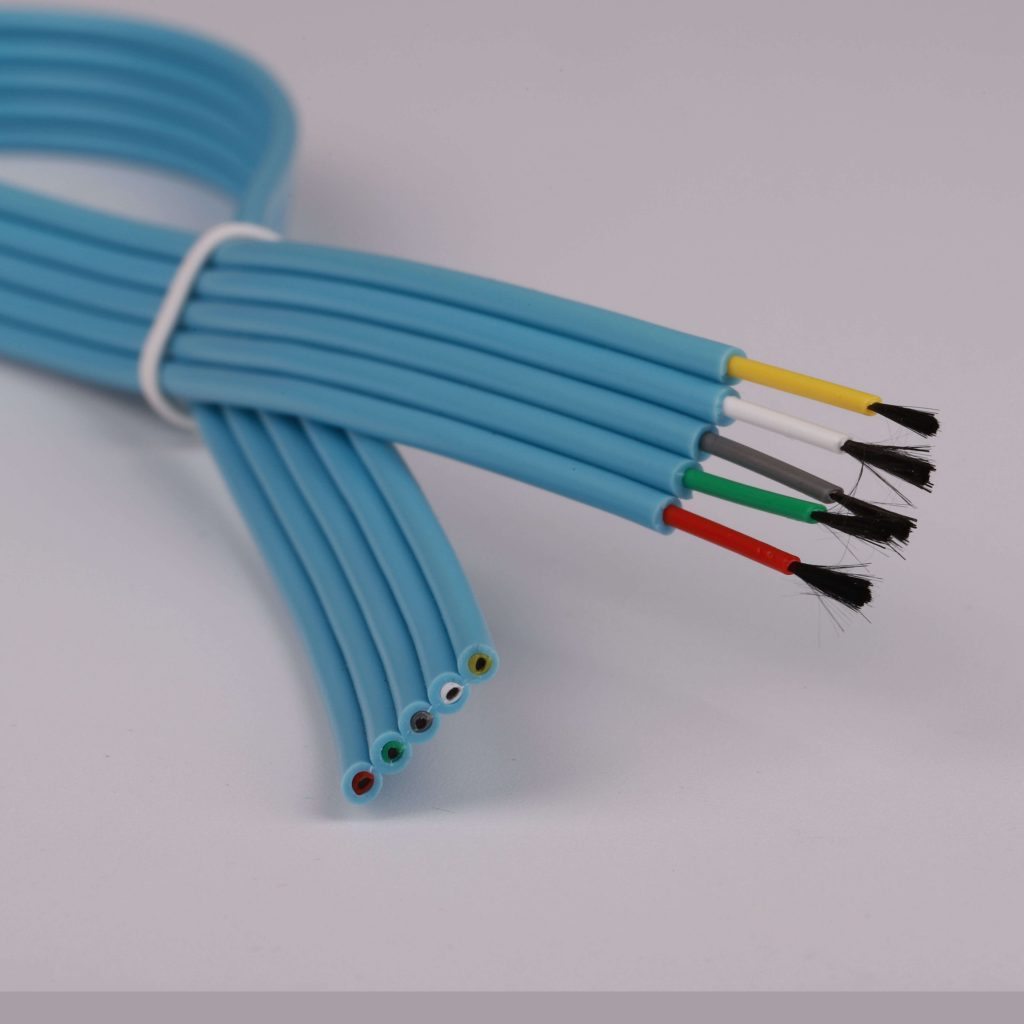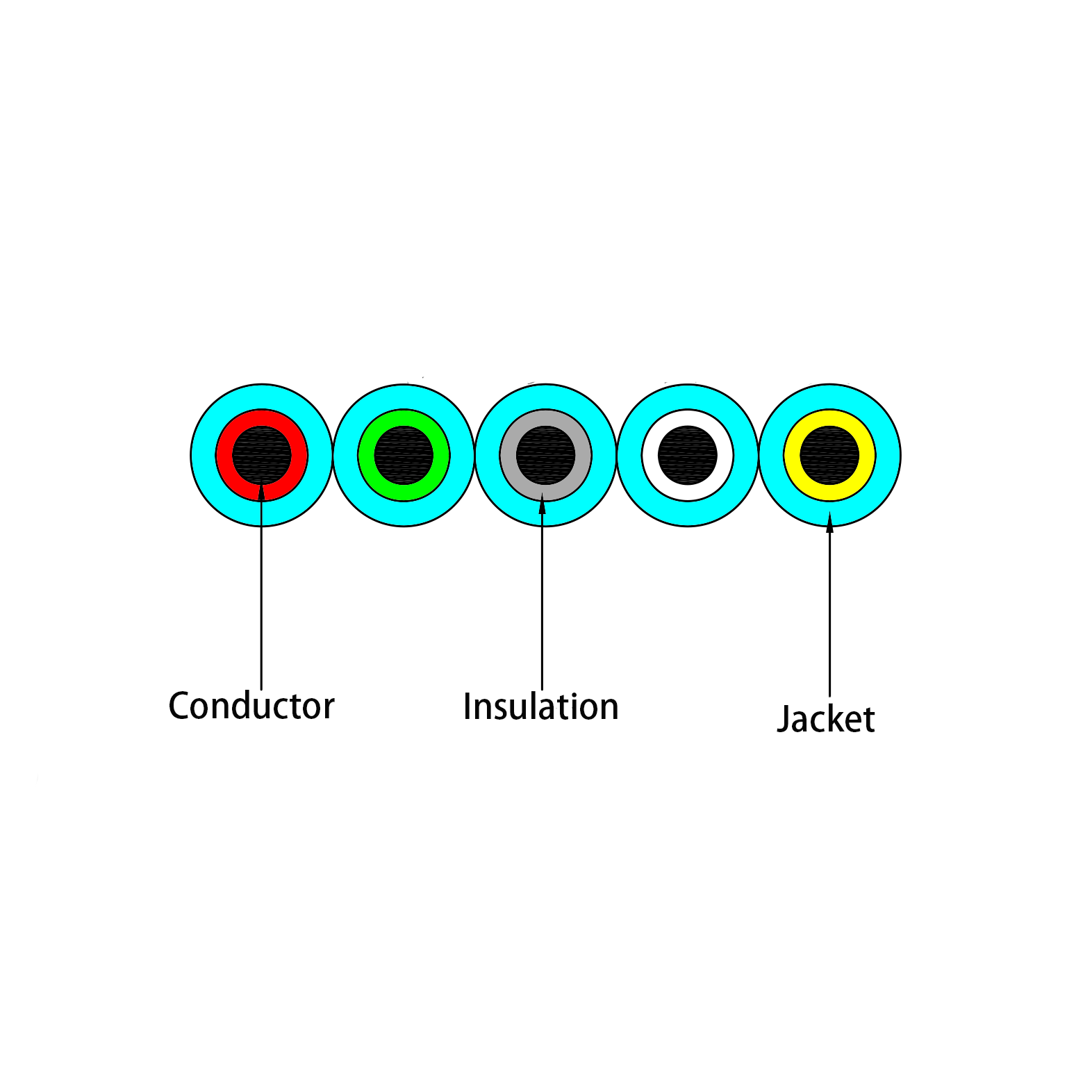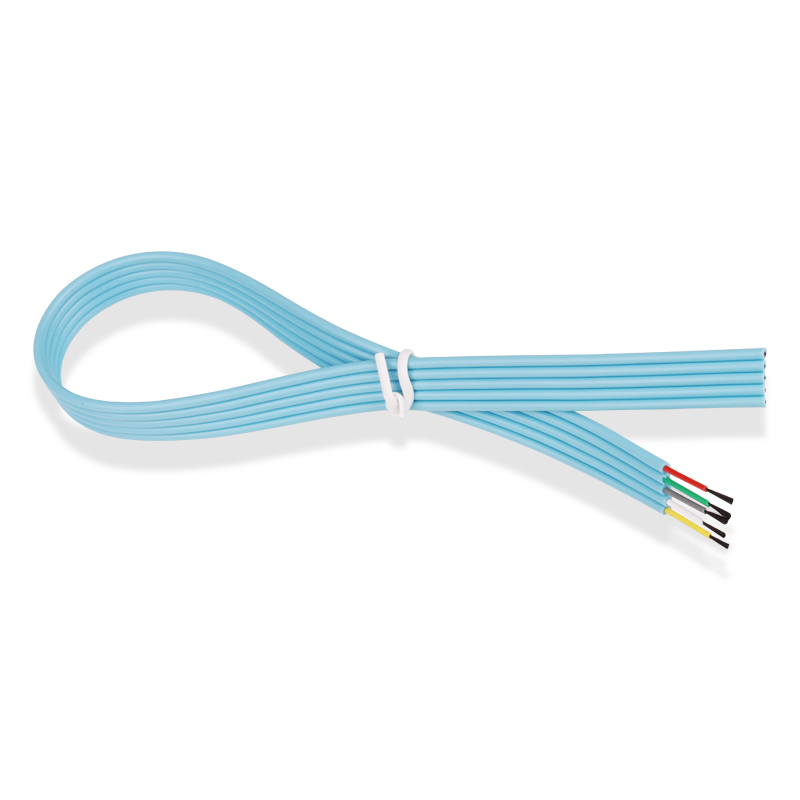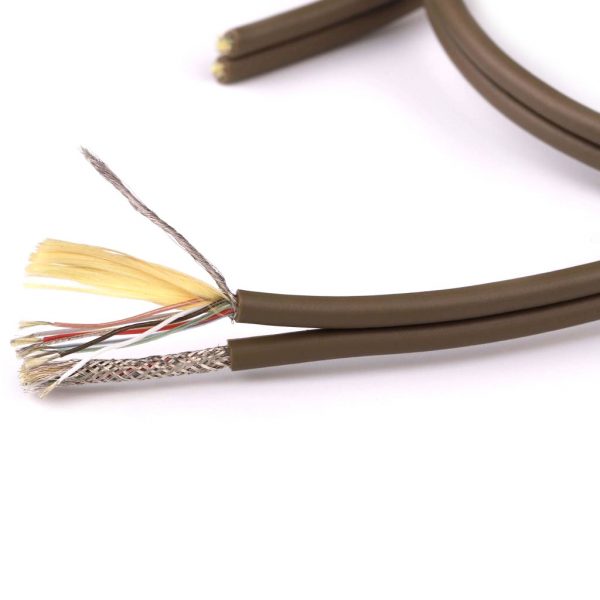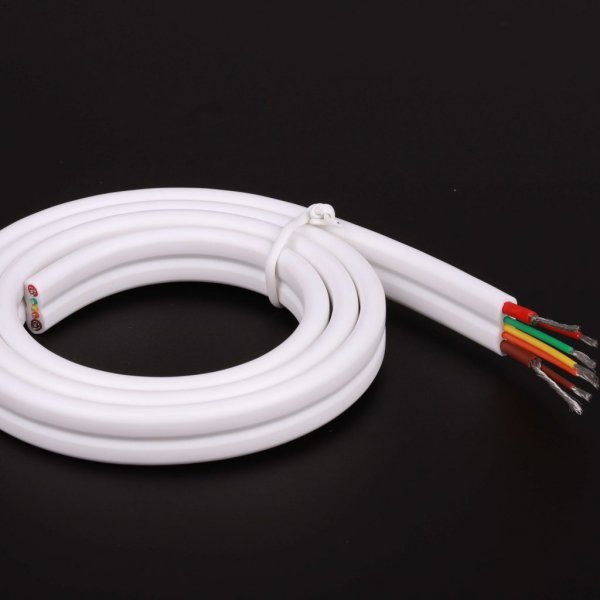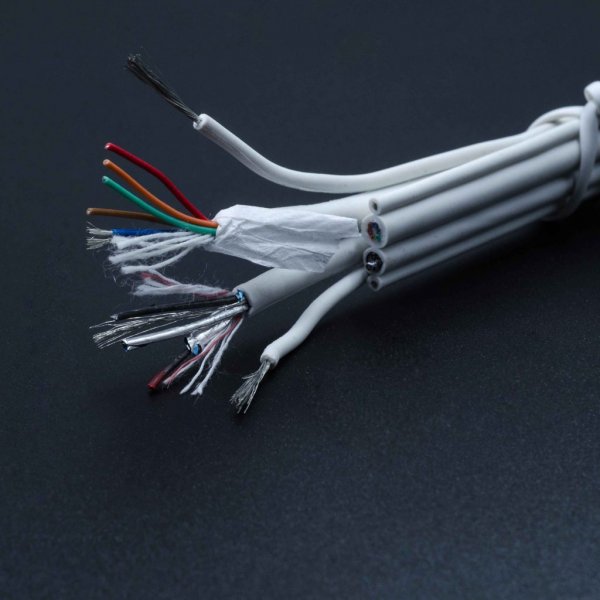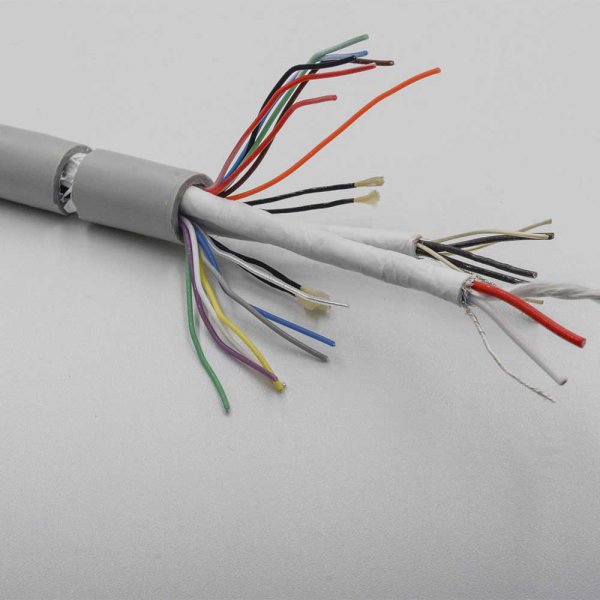规格
| Items | Specification | ||
| Products name | |||
| Model | OE105X-002 | ||
| Conductor | Material | Carbon Fibre+Kevlar | |
| Specification | 3000K+200DKevlar*5F | ||
| Insulation | Material | HDPE | |
| Nom.Thickness | 0.24 | ||
| Nom.O.D. | ø1.00士0.10 | ||
| Colour | Red/White/Green/Yellow/Gray | ||
| Jacket | Material | PVC | |
| Nom.Thickness | 0.38 | ||
| Nom.O.D. | ø2.0士0.10/10.0士0.20 | ||
| Colour | Blue | ||
- Diagnostic Imaging: Carbon fiber wires are widely used in medical imaging equipment such as X-ray and CT scanning devices for supports, brackets, and other structural components. These wires provide stable support structures and help optimize image quality due to their high strength and lightweight characteristics.
- Surgical Instruments: Carbon fiber wires are used as components in surgical instruments such as guide wires, stents, dilators, etc. Their high strength and corrosion resistance enable precise and stable surgical support, reducing risks and inconveniences during surgeries.
- Biological Sensors: Carbon fiber wires are employed in manufacturing biological sensors like blood glucose monitors and biosensors. Leveraging carbon fiber’s conductivity and biocompatibility, these sensors can accurately monitor physiological parameters, transmit data when necessary, and provide feedback for real-time monitoring and treatment management.
- Neurostimulation: Carbon fiber wires are also utilized in neuroscience research and treatments, serving as electrodes for Deep Brain Stimulation (DBS) or neural signal recording. These wires provide stable electrical signal transmission, supporting precise neural modulation and research.
[ninja_form id=1]
